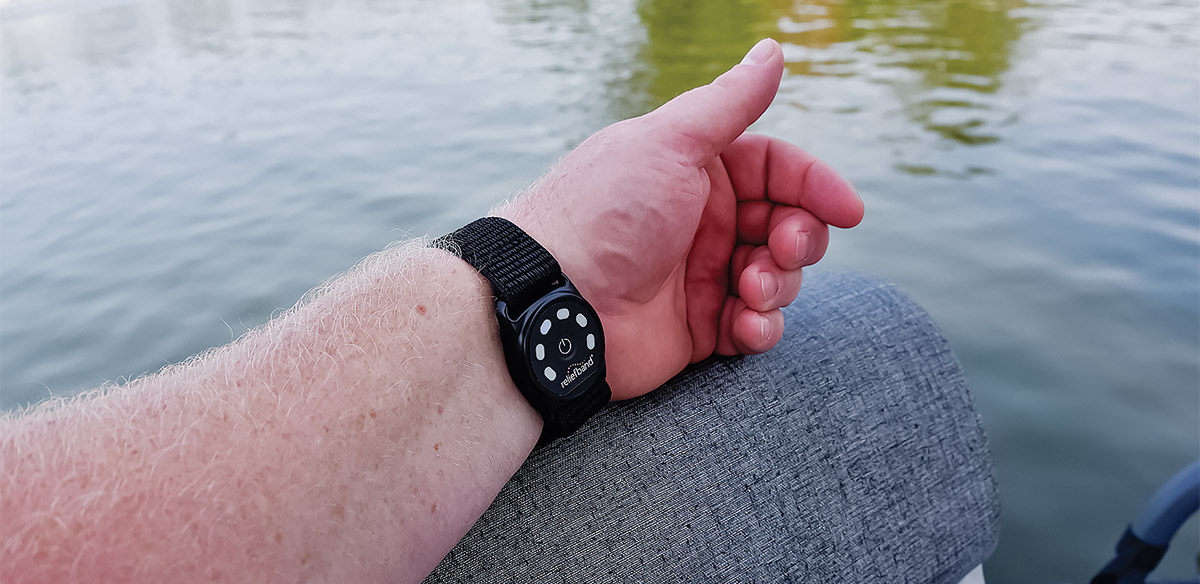
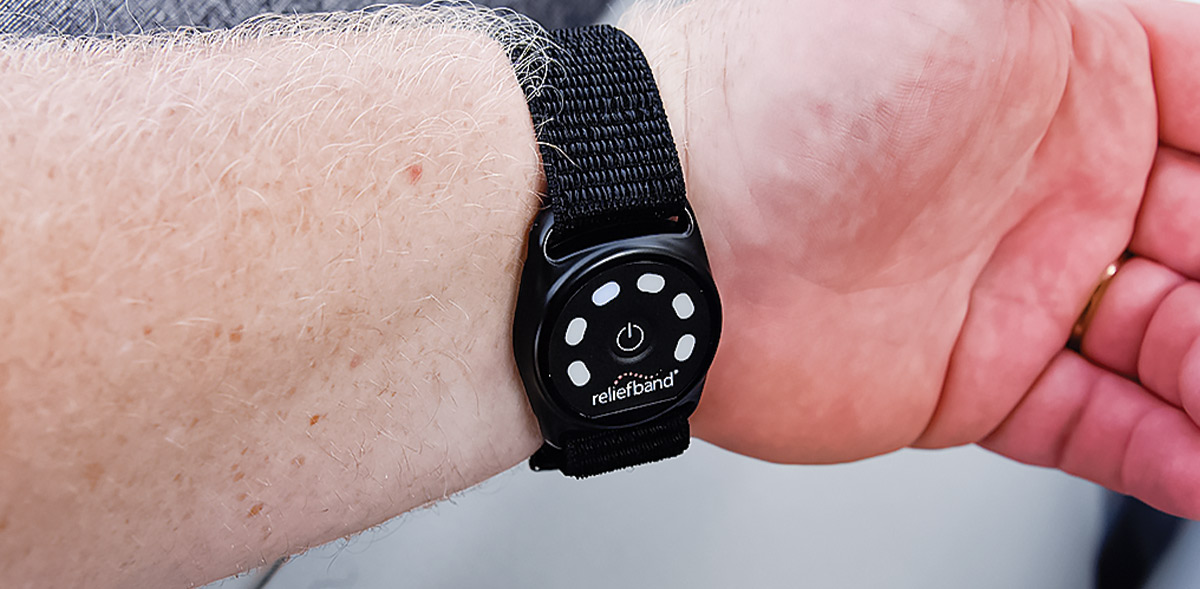

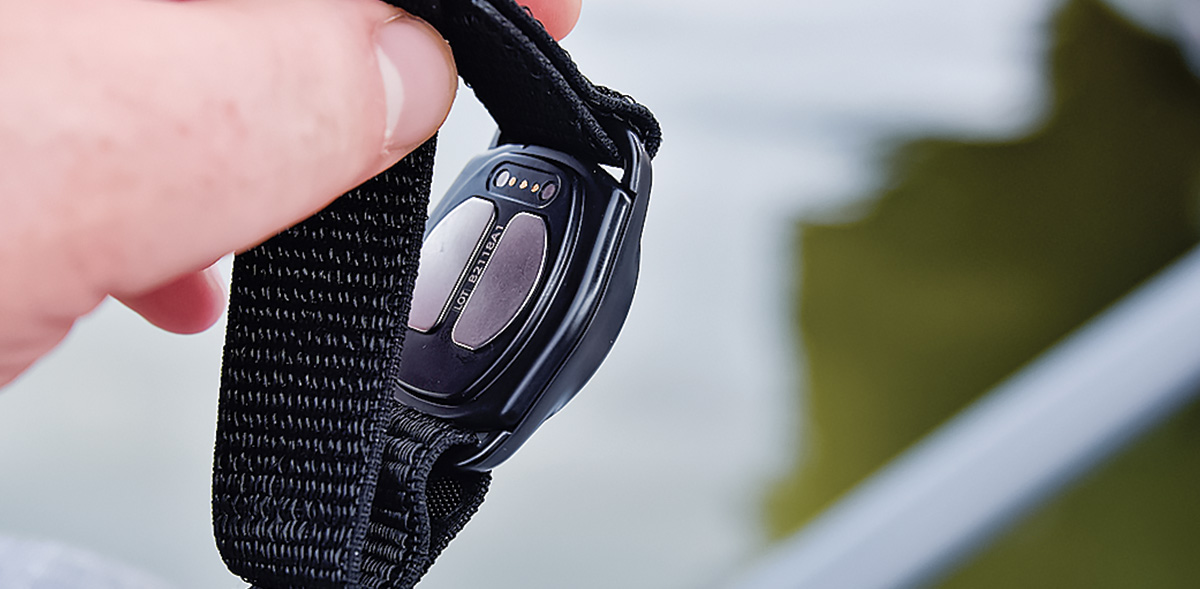
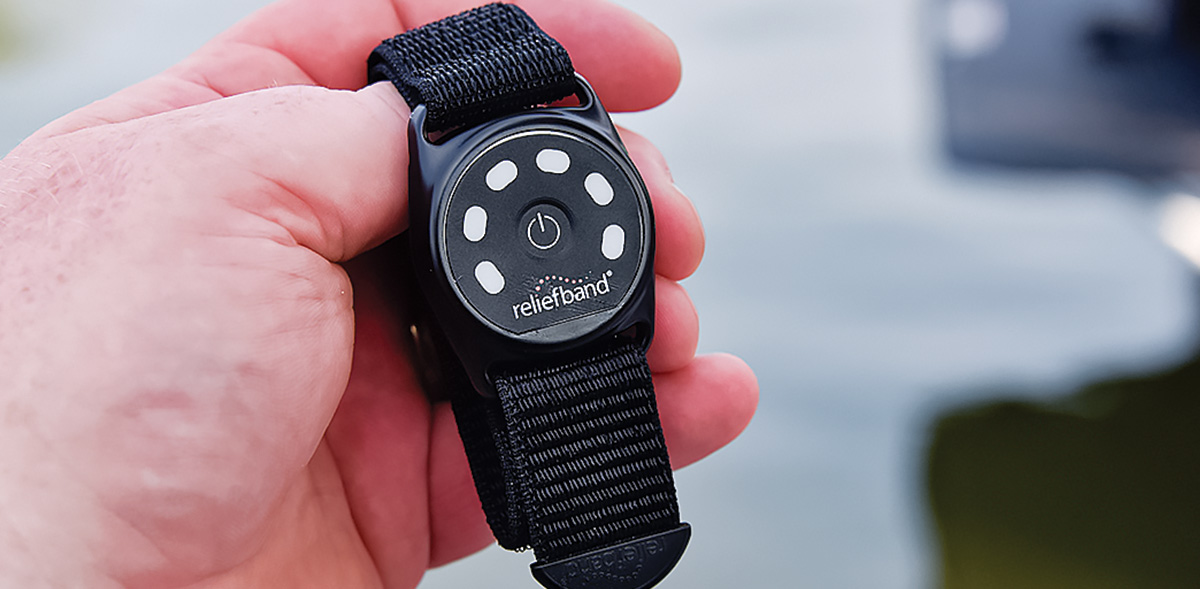
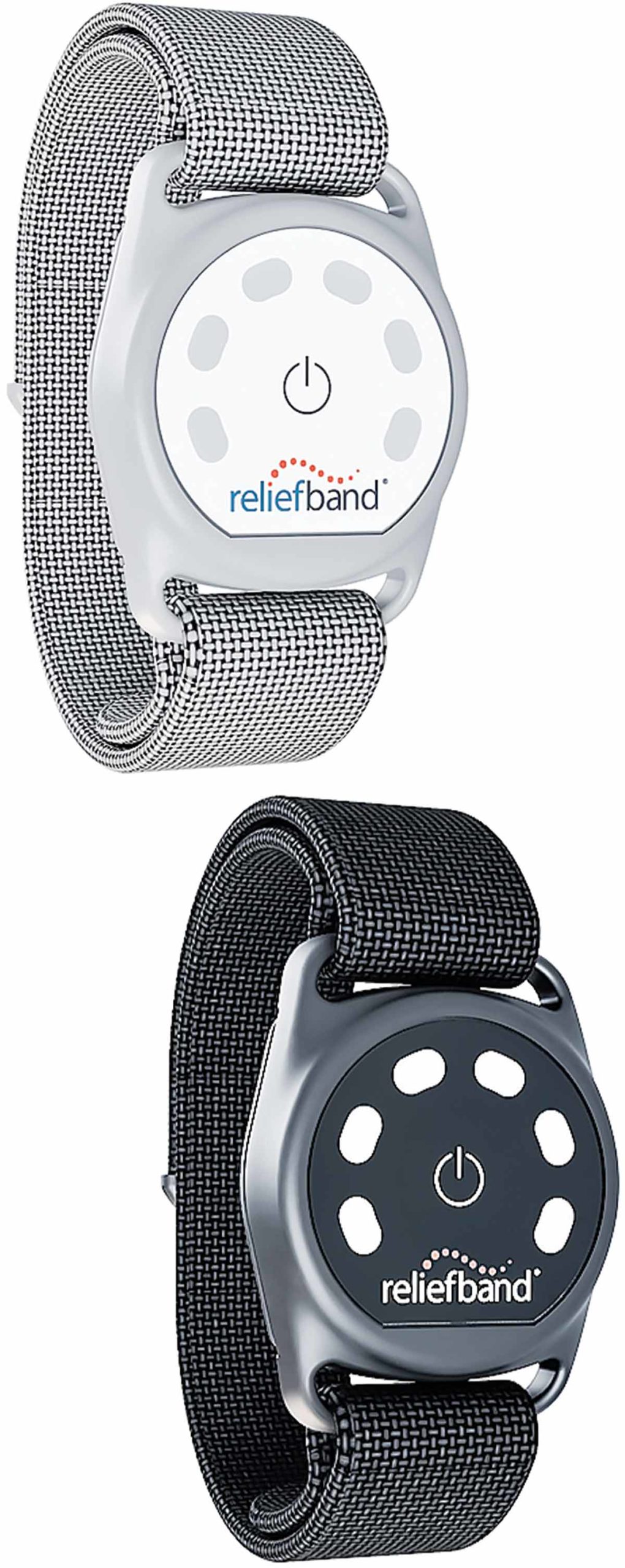
A few years ago we reviewed the Reliefband original, which is now known as the Classic. To be able to quickly battle seasickness without drugs or side effects makes it worth its weight in gold as the technology allows you to “turn off” feelings of nausea and vomiting. After all these years the patented, clinically-proven, FDA-cleared Reliefband is still going strong. Not only do we use it on our boat, but it works just as well on airplanes and in vehicles.
The unique neuromodulation technology was developed for use in hospitals and alters nerve activity through targeted delivery of gentle pulses to the underside of the wrist to turn off those nausea feelings. It works naturally without any side effects and I’m a big supporter of the technology after trying it myself.
So how do you improve it? For starters you make it waterproof (IPX 7 rating). The new Sport model also has a longer-lasting battery, plus a band strap that is made for the more active individual so I had to give it a try. Not only does it work great with six intensity levels that can be quickly toggled to find the precise setting that’s best for me, it fits comfortably on a variety of different sized wrists.
The Classic retails for $129 and is powered with a watch battery, while the Sport version goes for $229 and includes a charge cable for the built-in battery. There is even a Premier version for $249.99 for a more modern look.
Portable 20/20 | Function 50/50 | Durability 10/10 | Design 9/10 | Price 8/10
www.reliefband.com